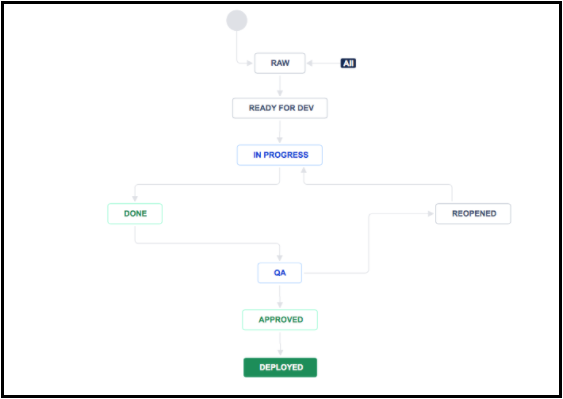The challenges faced by the project management personnel while collaborating on complex projects is common wisdom. The impediments are further amplified when working with a diverse and distributed team.
Different time zones, cultures, client expectations, delivery dates are reason enough for a project manager to submerge under a mountain of stress and surrender. However, I assure you that these challenges can be surmounted & rather easily by effectively leveraging JIRA - A Project Management Tool.
Search for JIRA and team management and you will have a list of articles and experiences explaining the features of the tool. But in this horde, there will be only a few who would attempt to unlock and reveal its true potential and use it for Team Building.
The key ingredients required for ensuring the most effective and efficient outcome for a well-functioning team are Defined Roles, Effective Practices and & Clear Direction. Let’s delve and explore each of them in depth and in the context of JIRA.
Defined Roles - Masses familiar with JIRA will be aware of the workflow used while developing through the software development cycle. Since most of the organizations use the default or semi-custom workflows which necessitates for them to change their internal process to adapt to JIRA. Ideally, it should be the other way around hence, it is very efficient and timesaving in the longer run to map JIRA according to the internal process followed by their organization.
Another aspect to consider is to define stages in the workflow as per the departments (e.g: UI, QA) in the organization with the flow arranged according to their ascending role during the development of the product in the entire lifecycle. This ensures that at each stage the project is handled by an individual or collaborative team from a specific area (e.g: UI, QA, Developer) and reduces the micro dependencies which arises if a stage is collaborated on by individuals from different aspects of development altogether.
Through enough iterations and resulting changes, an appropriate workflow can be tailored as per the culture of the organization. Here is an example of a simple workflow used by OpenSense Labs during small-scale projects.

Effective Practices - The uneasiness during the induction period of a new process or technology is truly difficult. Similar experiences ring true in cases of project management tools such as JIRA which sometimes even give rise to the feelings for abandoning it altogether resulting in half-hearted efforts.
Such perfunctory approach even by an individual can result in poor results. The key is to stick to it until it becomes familiar. With well-defined stages, efficiently planned Sprints, well-structured tickets, and enough iterations teams can master the art of JIRA.
Clear Direction - The language, comprehension, context, relevance of tickets, their description & comments is crucial to maintaining a clear mandate. The entire team should ensure that while communicating on JIRA the flow of information is clear and understandable to ensure any potential hiccups are avoided. The quality of the information should be such that it acts as the formal documentation for the entire software.
An appropriate analogy would be a relay race. A JIRA workflow mirrors a relay race in which after finishing ones assigned the task, the baton is passed to the next team member until the ticket(race) is closed(over). A clearly outlined mandate is crucial for the departments to conclude the work the swiftly which is a direct
OpenSense Labs is an avid JIRA user and believes in Agile principles which have helped it shaped plenty digital experiences. We actively engage and use JIRA for better team integration and smooth functioning across departments.
Subscribe
Related Blogs
Trek n Tech Annual Retreat 2025: A 7-Day Workcation of OSL

OSL family came together for the Trek n Tech Annual Retreat 2025, a 7-day workcation set amidst the serene beauty of…
Exploring Drupal's Single Directory Components: A Game-Changer for Developers

Web development thrives on efficiency and organisation, and Drupal, our favourite CMS, is here to amp that up with its…
7 Quick Steps to Create API Documentation Using Postman

If you work with API , you are likely already familiar with Postman, the beloved REST Client trusted by countless…




